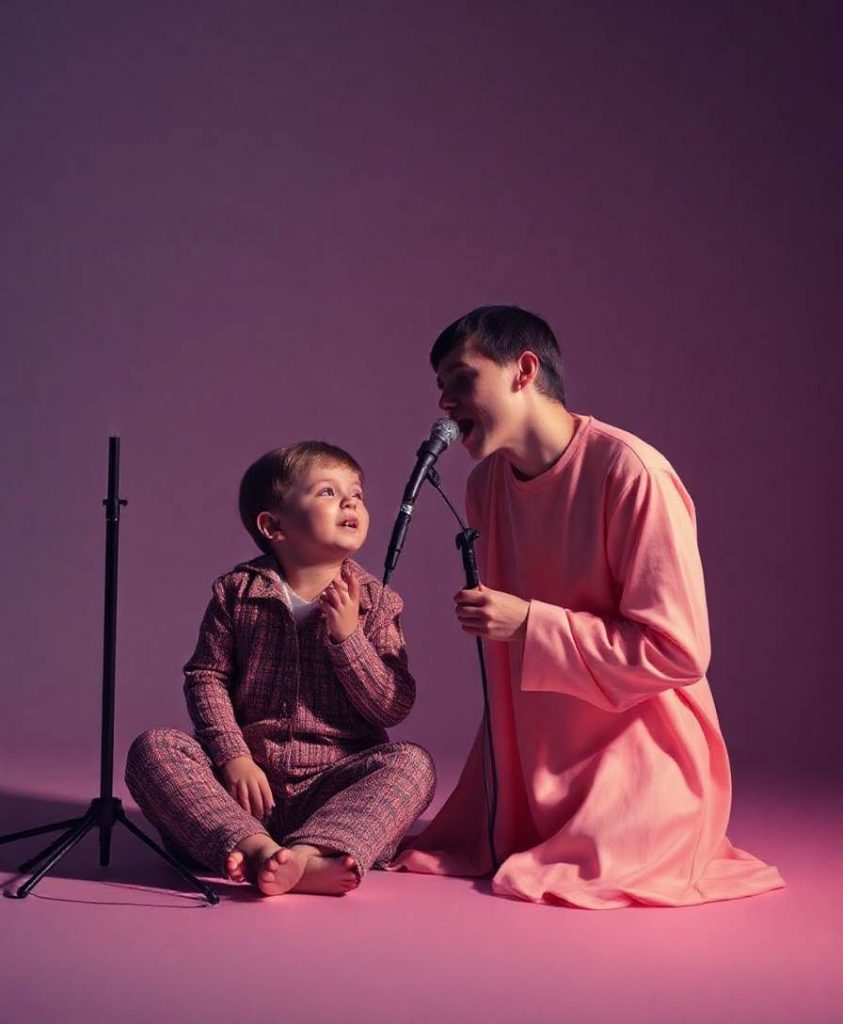VOLUME LXVIII | AUG 2022
Babies Are Symmetry Detecting Magicians from Birth!
Imagine babies as little magicians who have been secretly practicing their symmetrical trick all along! A recent collaborative study set out to uncover the hidden superpower of seven-month-old infants: the ability to sense symmetry. The researchers conducted an experiment where they exposed the little magicians to mosaic-like sequences with both symmetrical and asymmetrical structures. To everyone’s amazement, these tiny wonders showed a remarkable knack for quickly identifying whether a mosaic had a symmetrical design. It seems that even at this young age, babies possess an innate sense of structure and can effortlessly extract it from complex visuals.

Anne-Marie Dubois Anne-Marie is a French-Canadian philosopher from New Brunswick, delving into existential questions of human purpose and fulfillment. Her contributions encourage reflective practices for realizing potential, inspired by Acadian resilience and communal wisdom.
This newfound revelation opens up a world of possibilities for understanding how our brains process visual information. Scientists have long been fascinated by symmetry detection and its role in perception. By studying these babies’ abilities, we may gain deeper insights into the associative processes responsible for recognizing symmetrical patterns. Perhaps this research could even inform advancements in computer vision algorithms, enabling machines to better perceive the world around them.
To learn more about this captivating study on baby symmetrists, check out the full article!
A collaborative study examined the spontaneous looking patterns of 7-month-old babies when presented with mosaic-like sequences with a symmetrical and asymmetrical structure. The results show that these babies quickly detect whether a mosaic has a symmetrical structure, suggesting a robust, automatic ability to extract structure from complex images.
Read Full Article (External Site)

